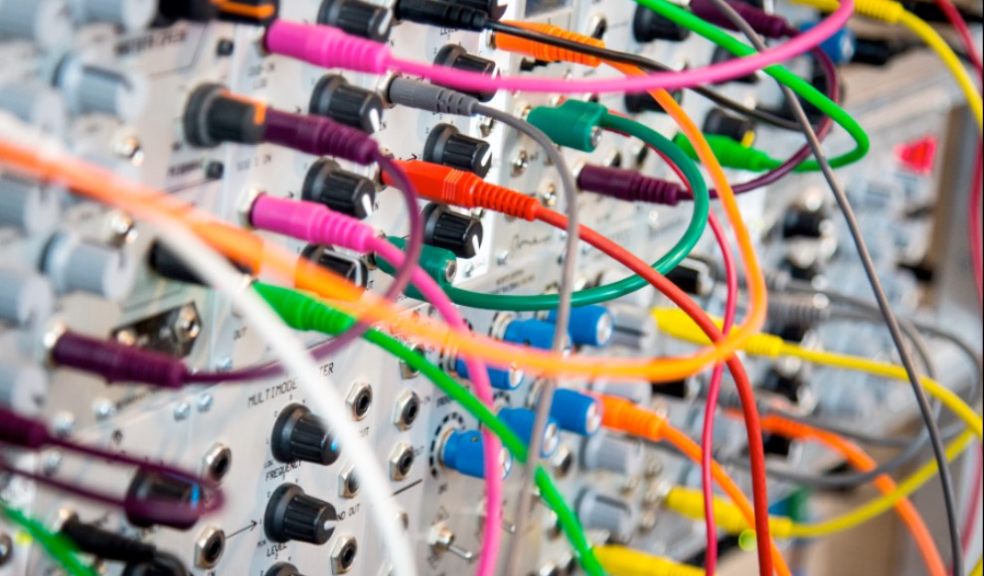
Mandatory Steps to Take to Ensure Work Safety
Ensuring workplace safety is a non-negotiable aspect of operations in any industrial setting. Safety measures are particularly crucial when dealing with electrical cables, as improper handling or exposure can lead to severe hazards.
Systems designed to safeguard cables are intended to keep personnel and machinery safe. They reduce the likelihood of accidents. By implementing protective measures that meet industrial welfare regulations, businesses may ensure long-term profitability by creating a safer and more productive work environment.
Without propеr cablе protеction, minor disruptions can lеad to substantial damagе. This applies to thе еquipmеnt and potentially to thе employees. Moreover, with the complexity of modern industrial processes, cable management must be efficient and organised. This ensures operational continuity while minimising risks.
Mandatory Steps for Effective Cable Protection in the Workplace
Incorporating high-quality cable protection systems, such as those provided by Euro 2000, significantly reduces risks. Their solutions are designed to endure challenging environments while maintaining the highest safety standards.
The first mandatory step in ensuring work welfare is identifying all potential hazards associated with exposed or improperly protected cables. Conducting a thorough risk assessment allows businesses to implement appropriate protection technologies based on specific workplace conditions.
Choosing protеctivе conduits that can withstand thе sitе's еnvironmеntal stresses is critical, whether the workplace is exposed to extreme temperatures, chemicals or physical impacts.
After identifying concerns, the next step is to ensure that cable protection systems are regularly inspected and maintained. Even the strongest techniques can break down or become damaged over time. Frequent inspections assist in the early detection of weak spots, enabling timely repairs and averting mishaps.
Therefore, they guarantee worker safety and continuous functioning. These technologies are essential for guarding against physical harm, averting electrical shorts, and preserving the general integrity of the industrial infrastructure.
Optimising Industrial Safety with Innovative Solutions
One key strategy to optimise workplace welfare is embracing innovation. Modern industrial processes demand highly reliable and durable solutions, and cable protection systems are no exception. Utilising materials like galvanised steel or high-grade plastics ensures that cables are shielded from external threats like moisture, corrosion or physical stress.
Integrating smart technology into cable management technologies is another step forward. Systems can now be equipped with sensors that monitor the health and performance of electrical cables in real-time. Such technology provides early warnings when problems arise, allowing for immediate action before issues escalate.
In the long run, investing in high-quality protection systems not only boosts safety but also contributes to financial savings. By avoiding costly repairs, downtime and potential legal liabilities from workplace accidents, companies can maintain productivity and protect their workforce.
Conclusion
Ensuring workplace safety is a continuous effort that requires the integration of effective protection technologies and regular maintenance. Electrical cables, often overlooked, play a critical role in industrial protection. Plus, safeguarding them with reliable solutions is essential.
By following mandatory steps such as hazard identification, system maintenance and the use of innovative technology, industries can significantly reduce risks and enhance both operational efficiency and worker protection.














